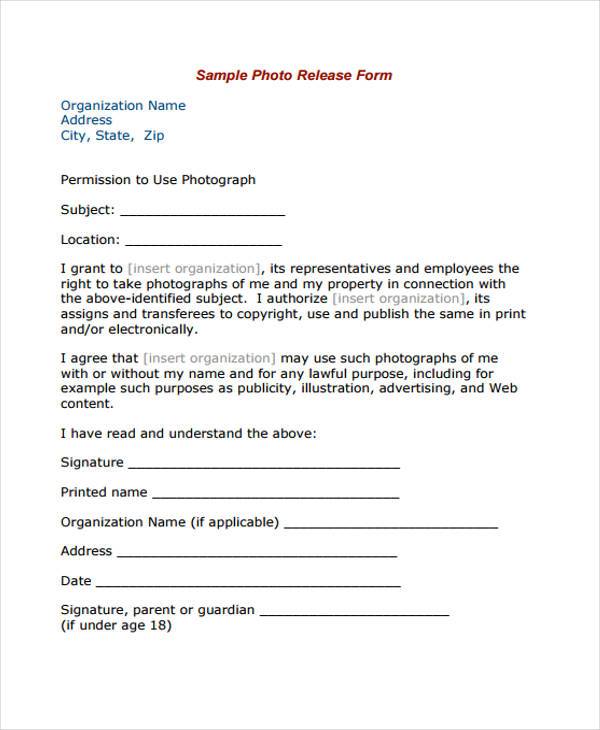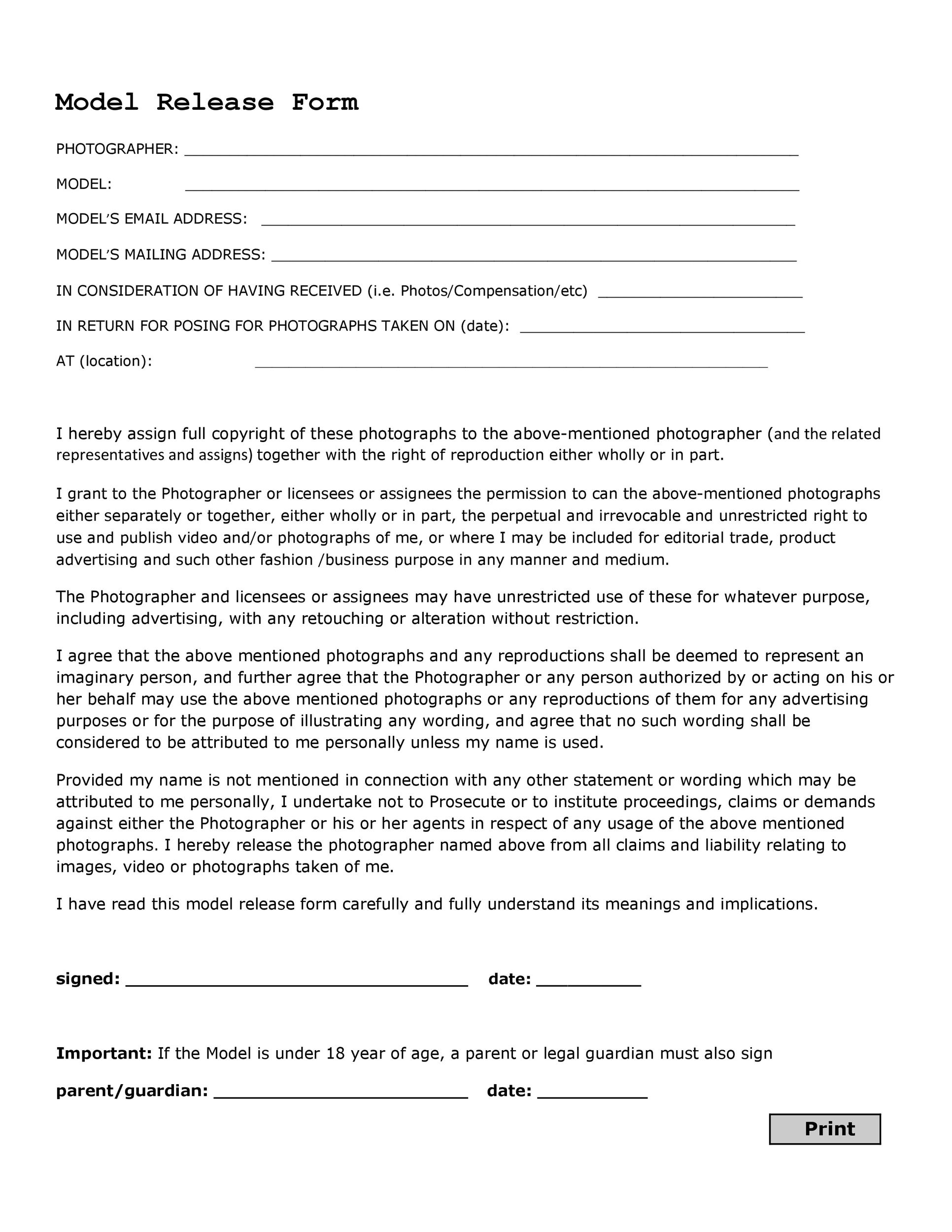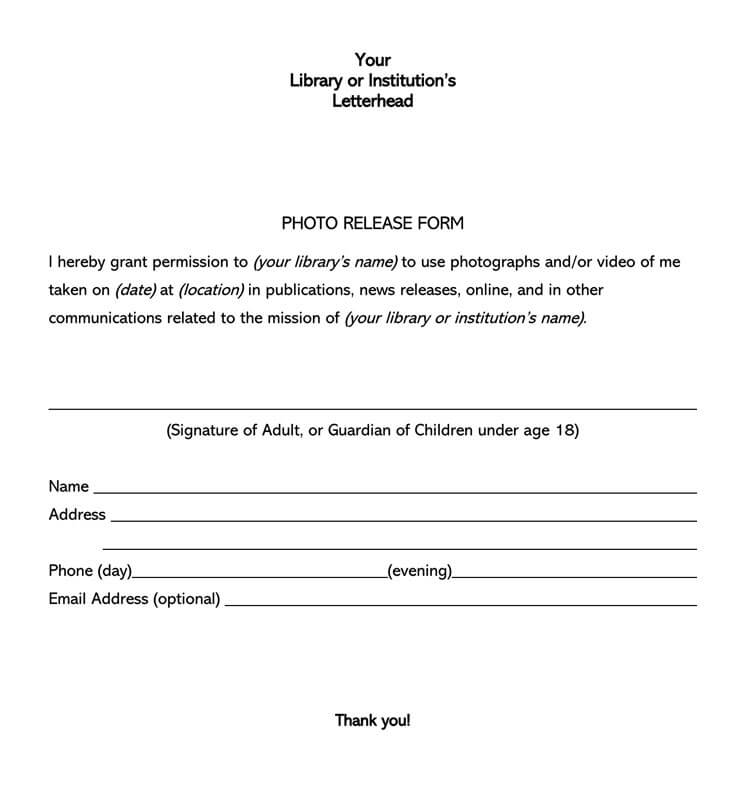
The fact that money changed hands does not automatically render it a commercially used photograph. Because the photo is being used as part of a news story, this constitutes editorial use. Your friend is the publisher of a local newspaper and he pays you for the photograph for use in an article they are running about the restaurant. Assume that you have taken a photo of a popular local chef and not obtained a signed model release. What is and isn’t commercial use can sometimes be confusing. For commercial, licensed use, you absolutely, positively MUST have a model release. For instance, work that is going to appear in newspapers, educational books, and consumer or trade publications does not need a model release because it is editorial use– sometimes referred to as “fair use.” Commercial usage, on the other hand, can include advertisements, brochures, web use, greeting cards, catalogs, newsletters, etc. The simple fact of publication does not, in and of itself, automatically mean that the use is commercial. The first is, “Will this photo be used commercially?” If the answer is “yes,” you need a model release. HOW WILL THE IMAGE BE USED? When you start with the premise that the need for a model release is dictated by the use and not the content, you are left with a pretty basic set of questions that need answering. For now, though, know that a model release is a crucial piece of paper for any commercially used photograph. We’ll get into the specific contents of the model release in a bit.


They are usually brief– no more than a paragraph– but they can get quite long, especially if the subject of the photo tries imposing additional conditions (e.g., no Photoshop). The document stipulates the terms under which one party may use photos taken of another party. It is a written and signed agreement between you and the person you are photographing, the purpose of which is to protect– release– you from liability in future lawsuits which that person might file against you for legal claims like invasion of privacy, defamation of character, etc. Having a fuller understanding of the basics will help you greatly in the long run, particularly when it comes to assessing whether you even need a model release, and convincing your subject to sign one if you do.Īt its most basic, a model release is a contract. You may have an iron-clad model release in your bag of tricks, but you may not understand what exactly it’s releasing or the significance of the language.

It is an unfortunate reality that most people neither completely read nor understand the legal documents that they sign or have prepared for them.

What you may not be aware of, however, is why it is so important. If you’ve been shooting professionally for any period of time, you already know (I hope) that securing a model release from the people you photograph is of utmost importance. The importance of the contract between you and your client is pretty much a given, but just as important– if not more– is the model release. When I quit practicing law ten years ago, I knew I was trading in my briefcase for a camera bag and the courtroom for a studio, but I had no idea that contracts were still going to dominate so much of my time.


 0 kommentar(er)
0 kommentar(er)
